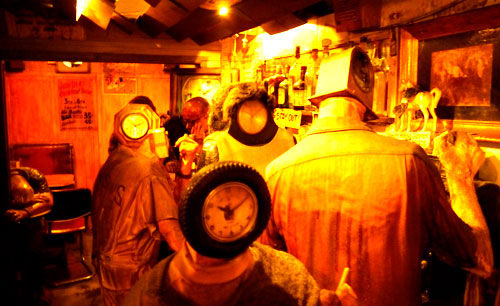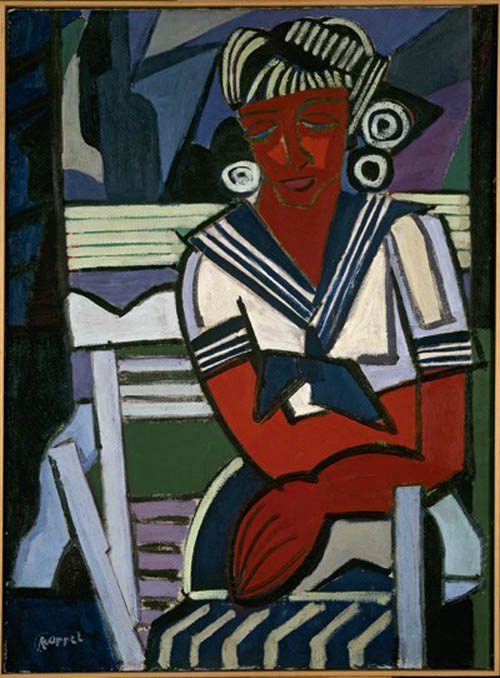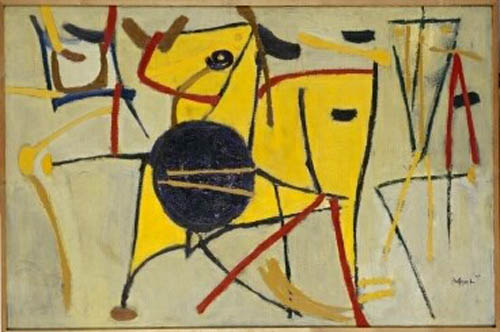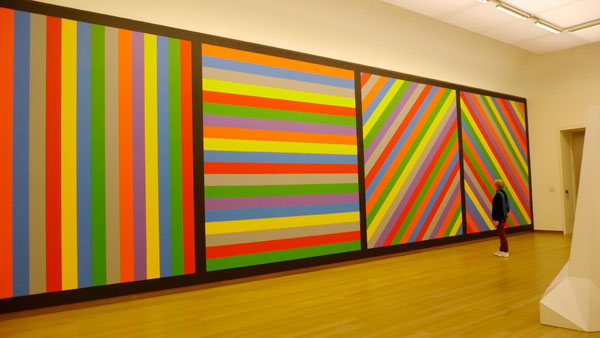
The Stedelijk Museum Amsterdam is an international museum
dedicated to modern and contemporary art and design.
The Collection
The museum collection holds almost 90,000 objects, collected since 1874.[26] With important clusters and cores focusing on De Stijl, Bauhaus, Pop Art and CoBrA and, more recently, Neo-Impressionism, the collection represents virtually every significant movement in art and design of the 20th and 21st centuries. The Stedelijk also has a comprehensive collection of drawings and paintings by Kazimir Malevich. Key pieces by Post-Impressionists Paul Cézanne and Vincent van Gogh exemplify art from the late 19th century.
Throughout the year, exchanges take place in the permanent collection presentation. The Stedelijk does this to show as much of its extensive collection as possible. To see what is currently being exhibited stedelijk.nl/en/exhibitions/collection/now-on-view

HISTORY
The Stedelijk Museum was founded in 1874 by a group of private citizens in Amsterdam, led by C.P. van Eeghen, who donated funds and their art collections to establish a museum in the capital of the Netherlands that would be devoted to modern art. The collection, housed at first at the Rijksmuseum, was moved in 1895 into the Museum’s own building, designed by A.W. Weissman.
For its first decades, the Stedelijk maintained a diverse collection, which included works of contemporary Dutch and French masters but also period rooms and even the banners of citizens’ militias. Beginning around 1920, however, the collection was culled and the focus concentrated more rigorously on modern and contemporary art, including pioneering collections and exhibitions of design and photography.

Already known to visitors from around the world because of its paintings by Vincent van Gogh (many of them later transferred to the Van Gogh Museum upon its creation), the Stedelijk began its rise to international prominence after 1945, when curator and designer Willem Sandberg became the Director. In addition to expanding the collection and working directly with many artists, Sandberg initiated an ambitious and farsighted exhibition program that put the Stedelijk at the forefront of contemporary art institutions—a program that continued under Edy de Wilde (Director 1963– 1985), Wim Beeren (1985–1993), Rudi Fuchs (1993–2003) and Gijs van Tuyl (2005–2009) and that contributed greatly to the development of the Stedelijk’s collection.



